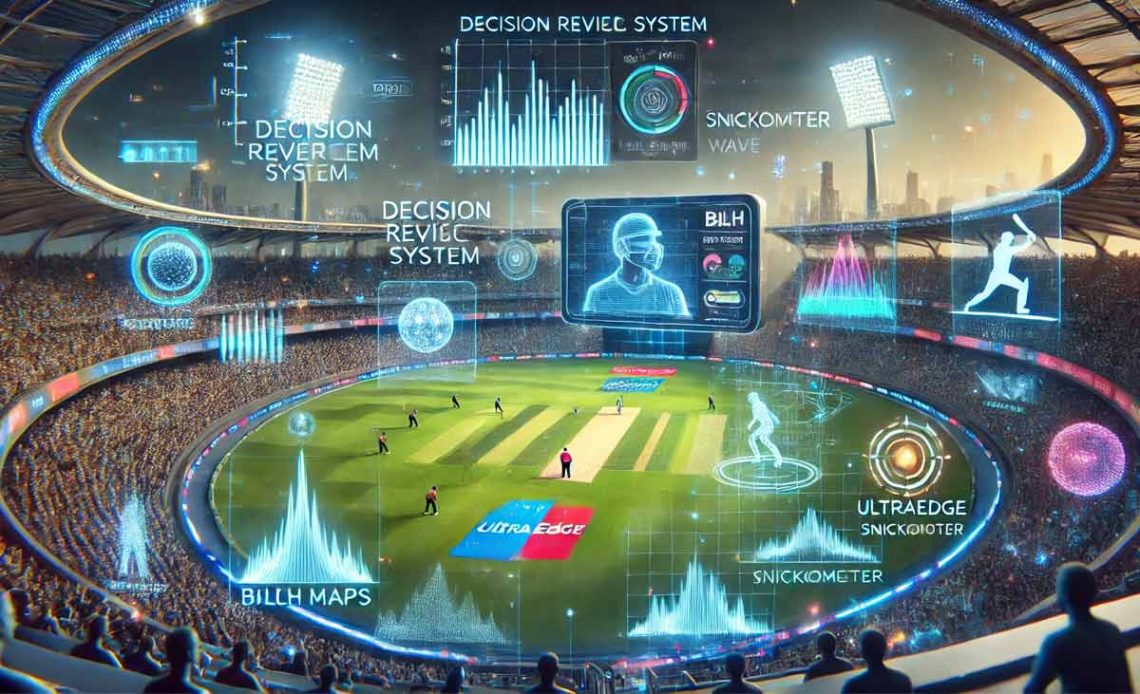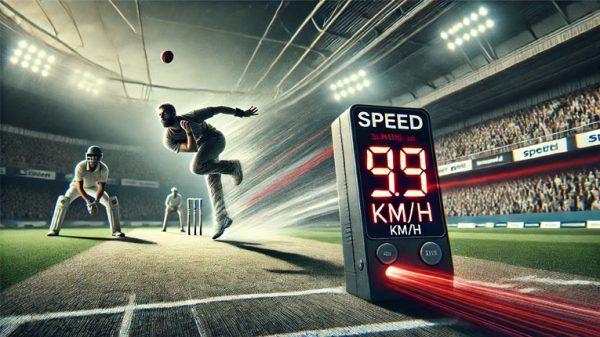
Each summer, millions get glued to the screen every night at 7:30 pm when the Indian Premier League (IPL) gets underway. Naturally, the broadcast standards need to be extremely high. And they pretty much are, what with massive lineups of commentary teams, thirty-plus cameras capturing every moment, and a bombardment of advertisements from all four sides. But none of this would make any difference if the quality of cricket played at the IPL was not as high-calibre as it is. And to maintain these high standards, the broadcasters need to take the help of all the leading-edge tech that’s available to them.
We’ve always had a general idea of how this tech works. Take Hawk Eye, for instance, which we know is powered by multiple cameras placed across the ground. But what are the metrics which they track to get such accurate predictions? Or when we’re talking about UltraEdge, if the stump mic is so sensitive, how come it does not capture the massive roar of the crowds? If your nerdy mind is always curious about these minutiae, let me give you a detailed lowdown on how these technologies work.
Ball Tracking

High-speed cameras shooting up to 340 fps are at play here. Six to 10 such cameras are placed around the stadium, allowing every millisecond of the ball’s movement to be recorded. Since they are placed at fixed points, they can easily measure the distance and initial trajectory of the ball accurately. But what about predicting the ball’s trajectory after it has hit the bat or the pad? That’s where algorithms click in. Based on data derived from the general behaviour of the pitch, the condition and speed of the ball, and more, the algorithms make an assumption of where the ball could go if it weren’t hit with an obstruction. After that, it’s the job of the computer vision algorithms to convert this data into the visuals we get to see during every game.
There’s a reason why purists still think ball tracking shouldn’t be allowed in cricket, laying focus on the umpire’s decision being the final call, whether it’s right or wrong. Their arguments aren’t aimed at the initial part of the process, where the ball’s movement is tracked extensively. They argue that if an algorithm is predicting the trajectory of the ball, how accurate can it be with regards to judging the pitch behaviour or the effect of the condition of the ball, which, as we know, make a huge difference in cricket? To them, the traditional practice of giving the umpire’s expert view the utmost importance sounds like a much better idea. That said, ball tracking is the best cricketing assistance program we have right now, and it’s no doubt here to stay until something better arrives. Needless to say, it adds another layer of suspense to the game we all love.
UltraEdge

This one’s pretty simple. A high-sensitivity mic is placed on the stumps and calibrated to ignore specific frequencies. This calibration is what allows it to completely isolate and ignore the sound of the crowds in the stadium. This mic can, hence, detect the faintest of knicks. The sounds of these knicks are processed into a waveform, which itself is synced with video footage, allowing a visible spike to appear precisely when the ball nears the bat.
Speed Gun

We all know how a radar works. It uses electromagnetic waves, specifically microwaves, by emitting pulses and measuring the time it takes for the reflected signal to return. A speed gun in cricket is a radar-based device that measures the ball’s speed as it leaves the bowler’s hand, primarily using Doppler radar technology. Positioned side-on or behind the bowler, it detects the Doppler shift in radio waves reflected off the ball to calculate speed, typically accurate within ±1 km/h. Key metrics include release speed, speed at bounce or bat, and acceleration. However, the speed gun is pretty much obsolete now since the above-mentioned ball-tracking technology can easily do the same job without additional equipment.

